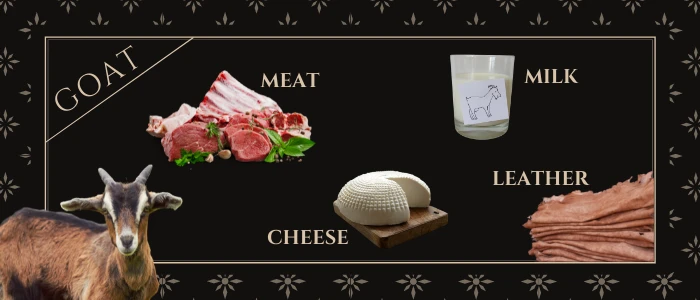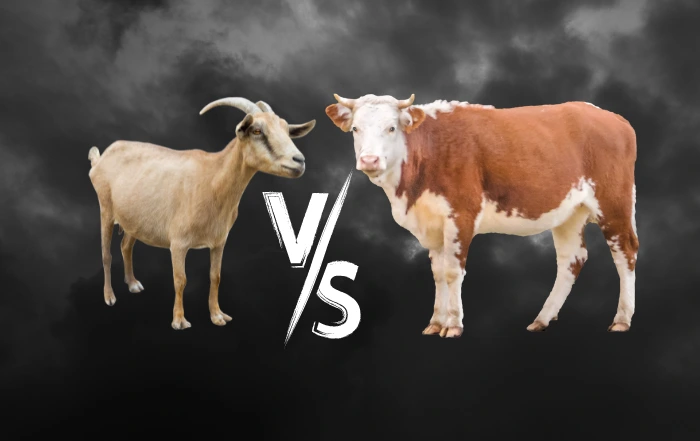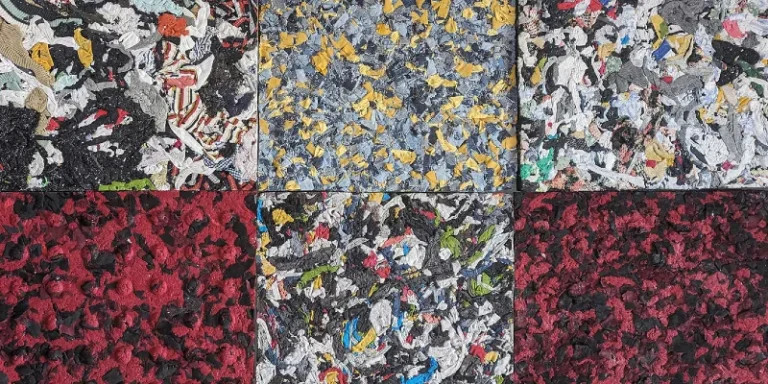Cows have been the preferred choice of Americans for both meat and milk for hundreds of years.
Unfortunately, we’re now seeing the negative impact this staple of the American diet has on our health and the environment.
The time has come that we must seriously consider a different source of red meat and dairy to lessen this impact, especially for future generations.
Let’s examine why goats are a better option for our health and the overall health of the environment.
THE BENEFITS OF GOATS vs CATTLE
Goats
- Easier and safer to handle with no expensive equipment required.
- Requires less space with 1 acre enough for 6-8 goats.
- Provides milk, meat and hides for leather.
- Easier to transport
- Requires only 127 gallons of water to produce 1 pound of meat.
- As foragers, they don’t damage root systems and are very helpful gardeners by consuming weeds.
- Less produce much less manure per pround.
- They reproduce fast and can start breeding at 6-9 months, with only 5 months gestation, and frequently have twins.
- Reach market size faster and are harvested in less than one year.
- Thrive in dry, arid climates.

Cattle
- Harder and more dangerous to handle and require specialized equipment.
- Require more space of at least 1.8 acres per cow.
- Also provide milk, meat and hides for leather.
- Harder to transport
- Requires 1,800 gallons of water to produce one pound of meat.
- As grazers, they damage root systems and deplete the nutrients in the soil,
- Produces much more manure per pound.
- Longer reproduction time, they don’t start breeding until 13-15 months old, followed by nine months of gestation.
- Reach market size much slower in 18-24 months.
- Don’t thrive as well in dry, arid climates.
Goats Cost Less While You Make More
People often wonder if raising goats for milk and meat is profitable. The answer to that is a resounding affirmative! With an increasing demand for goat milk and meat and the low number of goat farmers, demand is increasing while supply is not. Thus, the products are fetching decent and consistent prices.
A whole goat (40 – 60 lbs) will sell for about $3.19 per pound, and goat milk will sell for about $4.50 per gallon.
Of course, keep in mind that the feed costs and other expenses it takes to care for goats are considerably lower than they are for cattle. That means your overall profit margin will be higher.
Worrying about demand?
Don’t! Goat meat is preferred by many cultures and ethnic groups, and to meet the demand, most of the goat meat sold here in the U.S. has to be imported.
Goat meat is a leaner, healthier red meat option for anyone. If you have high cholesterol – goat meat is the perfect red meat, naturally low in bad cholesterol.
Goat milk is easier to digest than cow’s milk, which makes it a great option for people that are lactose intolerant or have other digestive issues.
So give them a try, they can be used in any recipe that calls for beef or milk.
Milking goats is easier with considerably less risk, while the milk is more valuable.
Goats Are Easier - All Around
Goats are wonderful foragers and love to eat weeds and brush. If enough forage is available, they really require supplemental feed, which will help keep your hay bill down.
Their love for foraging has also made goats a perfect chemical free way to keep weeds and brush under control. Some goat farmers have even turned renting out their goats to a property owner into a successful side hustle. Property owners get to control weeds and brush without chemicals or equipment. It’s a win-win!
Goat leather is durable and strong, and is actually tougher than cow leather. It’s water-resistant, light-weight and supple and is used to produce many leather products, such as clothes, gloves, purses and shoes.
Goat hides can bring extra income for the farmer and also helps reduce waste. We all know it’s important to use as much of a harvested animal as possible.
Cleaning up after and caring for goats doesn’t take nearly the amount of time to complete as it does with cattle. That means you’ll benefit from lower labor costs as well.
The lower expenses don’t stop there – they even extend to medical care. Goats don’t require any special equipment in order to trim hooves, vaccinate or do regular checkups.
A goat can be restrained by a single person rather than an expensive squeeze cage.
Goat manure makes a great fertilizer. Goat farmers will use it to fertilize their own fields and also sell it to other landowners and gardeners.
More To Discover
So, hopefully with the above information, more people will consider raising meat and dairy goats. Let’s work together to get our neighbors and friends to try goat meat and milk.
After all, the facts are undeniable. Goats are more sustainable for the Earth and a much healthier way to provide and enjoy red meat and dairy products.















